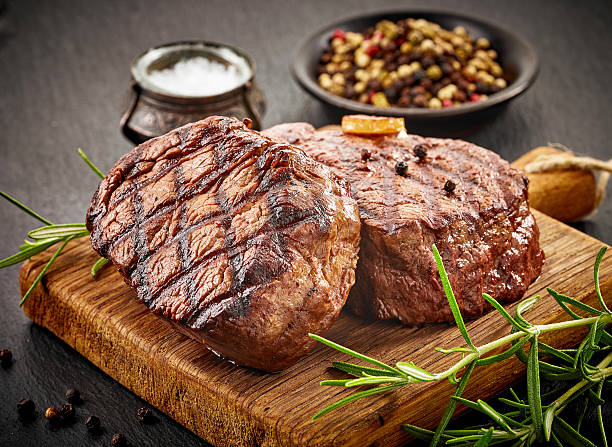Consistent steak experiences continue to influence diner satisfaction, loyalty and spend like few other proteins can.
Cargill has released its first-ever “State of Steak – Foodservice Edition” report, a comprehensive look at how consumer expectations for steak are evolving across the foodservice landscape. Built on new proprietary research, the report highlights the emotional and economic significance of steak – and the growing pressures on operators to get it right.
“Steak is more than just a protein – it’s a signal of quality, indulgence and experience,” said Glendon Taylor, marketing director for Cargill’s North American Food Business. “Our research shows that steak can be a business driver for restaurants, but only if it consistently delivers on expectations like doneness, tenderness and presentation. That’s why understanding the guest mindset is critical.”
To help operators navigate these shifting expectations, the report dives into the specific factors shaping today’s steak experience – from changing consumer preferences and definitions of quality to the operational challenges restaurants face in delivering consistently exceptional steak. Here are some of the most impactful insights revealed by the report:
- The “steaks” are high. One in four steak consumers reported being dissatisfied with their last restaurant steak – citing issues with doneness, cut availability or inconsistent quality. In today’s competitive landscape, where past experience is the No. 1 driver of restaurant choice, missing the mark on steak is a missed opportunity for loyalty.
- Brands should raise the “steaks” on menu development. The report found that guests gravitate toward the “Big Four” steak cuts – ribeye, sirloin, filet, and New York strip – and increasingly want menu clarity and flexibility. Foodservice operators that clearly label grades, offer recognizable cuts and provide steak in a range of formats are better positioned to meet evolving expectations and maximize menu performance.
- Steak carries an emotional power. Whether it’s a celebration, indulgence or reward, steak holds deep meaning for diners. The report encourages operators to align menu messaging, format and pricing with emotional need states – and to position steak as a premium everyday indulgence, not just a special-occasion splurge.
Cargill’s research points to several clear opportunities for foodservice operators looking to elevate the steak experience.
Training both front- and back-of-house teams is essential – from servers who can confidently guide guests through cuts and doneness levels to chefs who consistently deliver on flavor, texture and visual presentation.
Menus should feature the most popular cuts, highlight quality cues like U.S. Department of Agriculture grade and “no artificial ingredients, and offer flexibility in sizing and formats to appeal to a wider range of guests.
And because steak is often tied to special occasions for consumers, restaurants can unlock additional value by pairing the steak experience with timely promotions or messaging that taps into celebration, indulgence or comfort.
The full report includes data-driven insights, persona spotlights and recommendations to help restaurant operators, chefs and brand leaders raise the bar on steak.
Cargill is committed to providing food, ingredients, agricultural solutions and industrial products to nourish the world in a safe, responsible and sustainable way. Cargill has approximately 160,000 employees and 160 years of experience as a family company.










